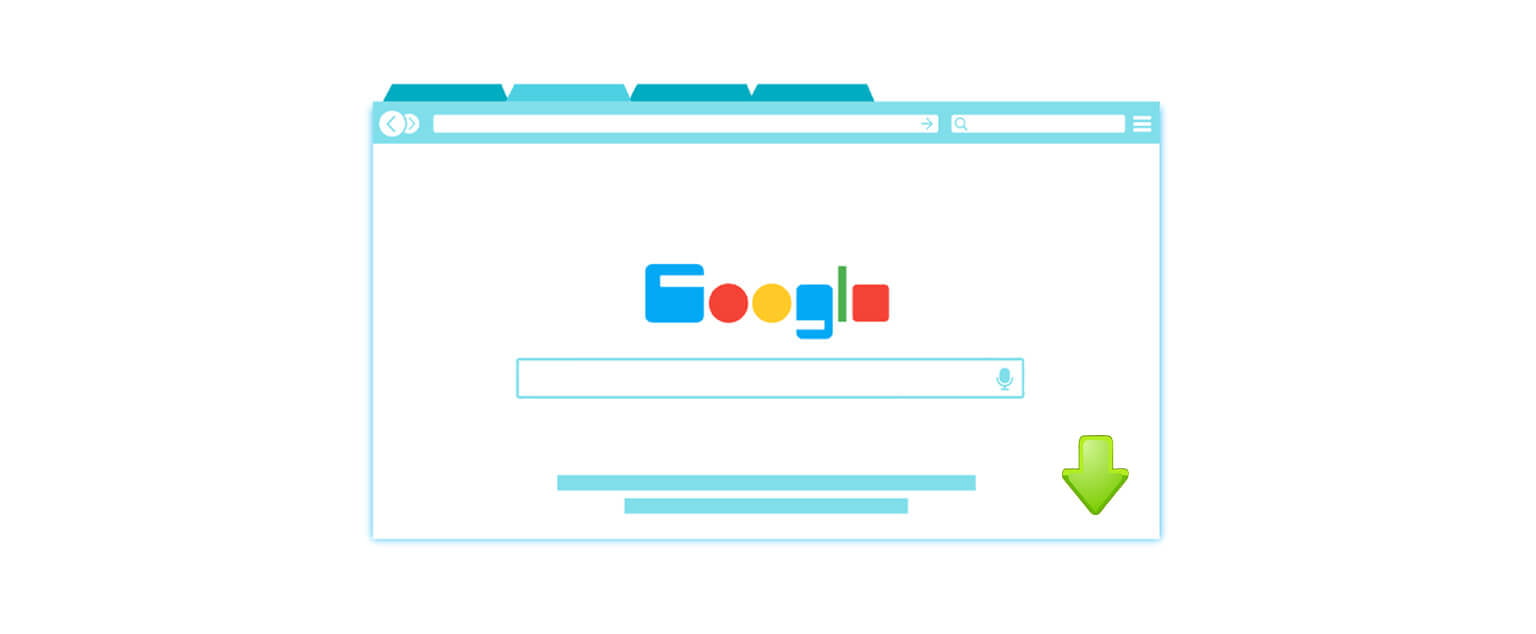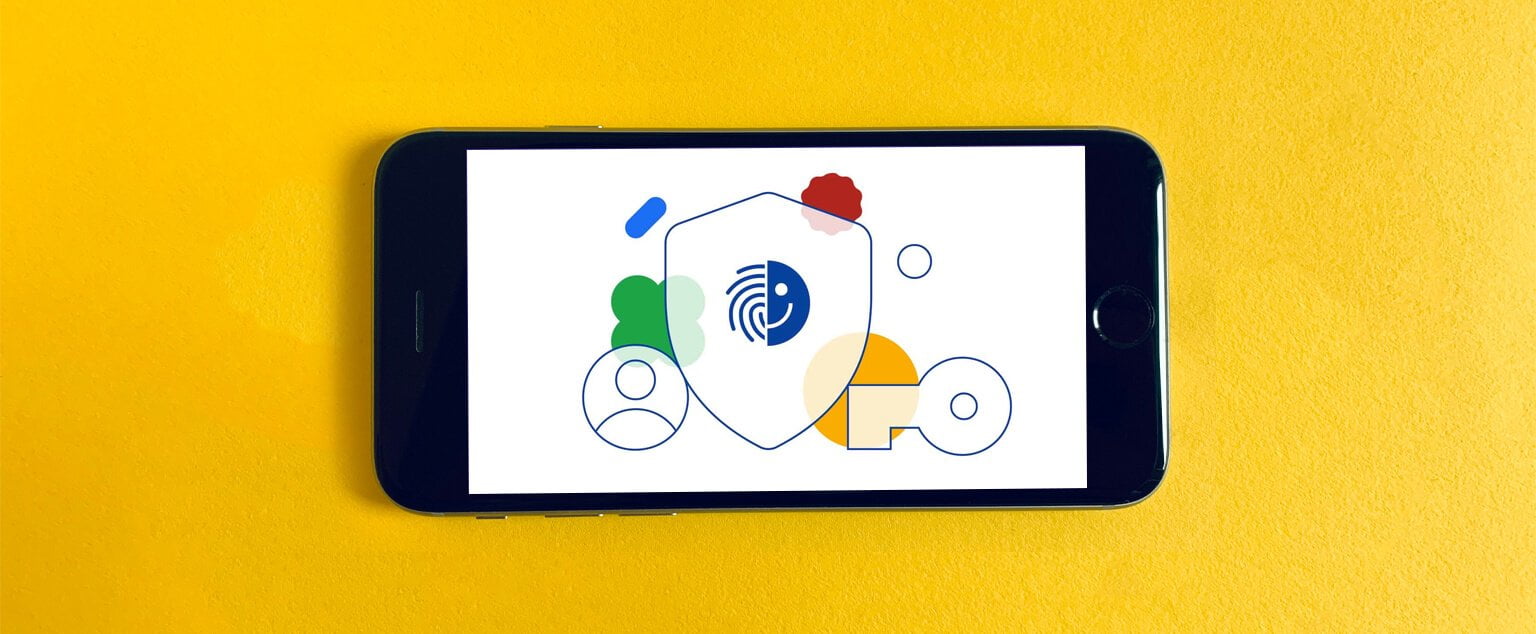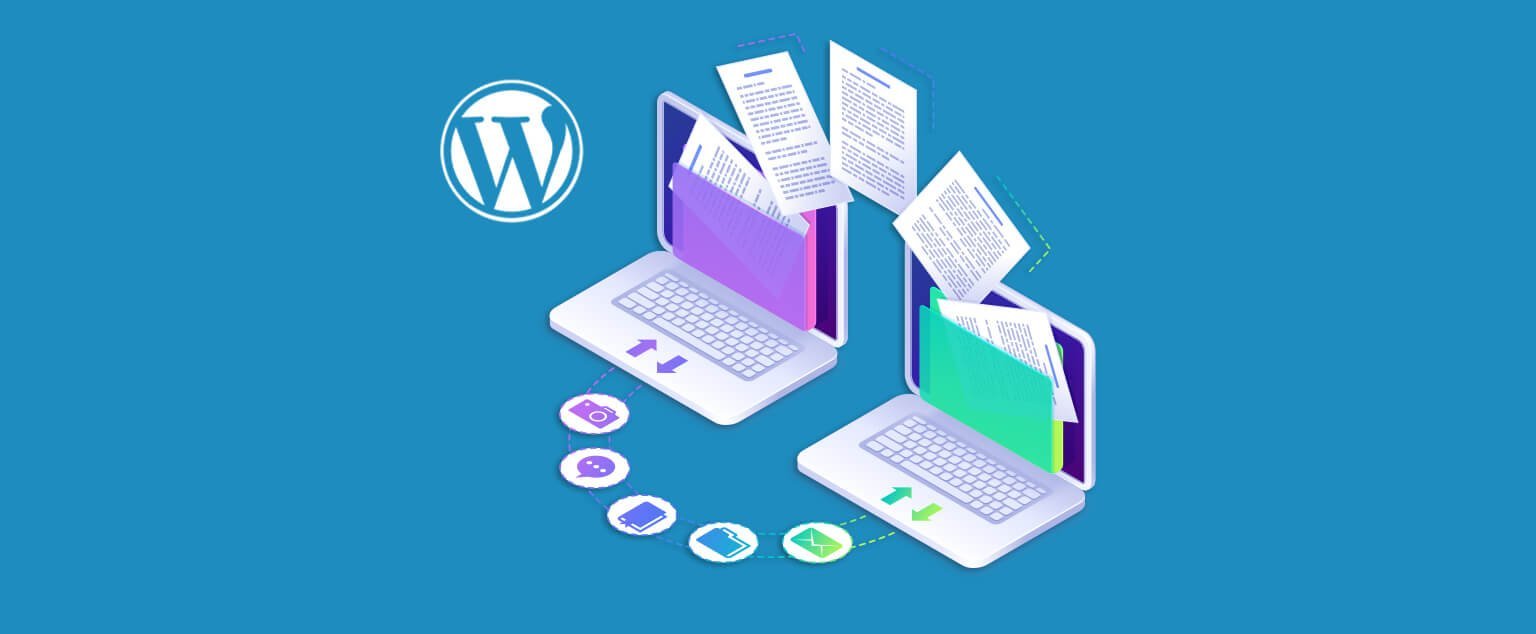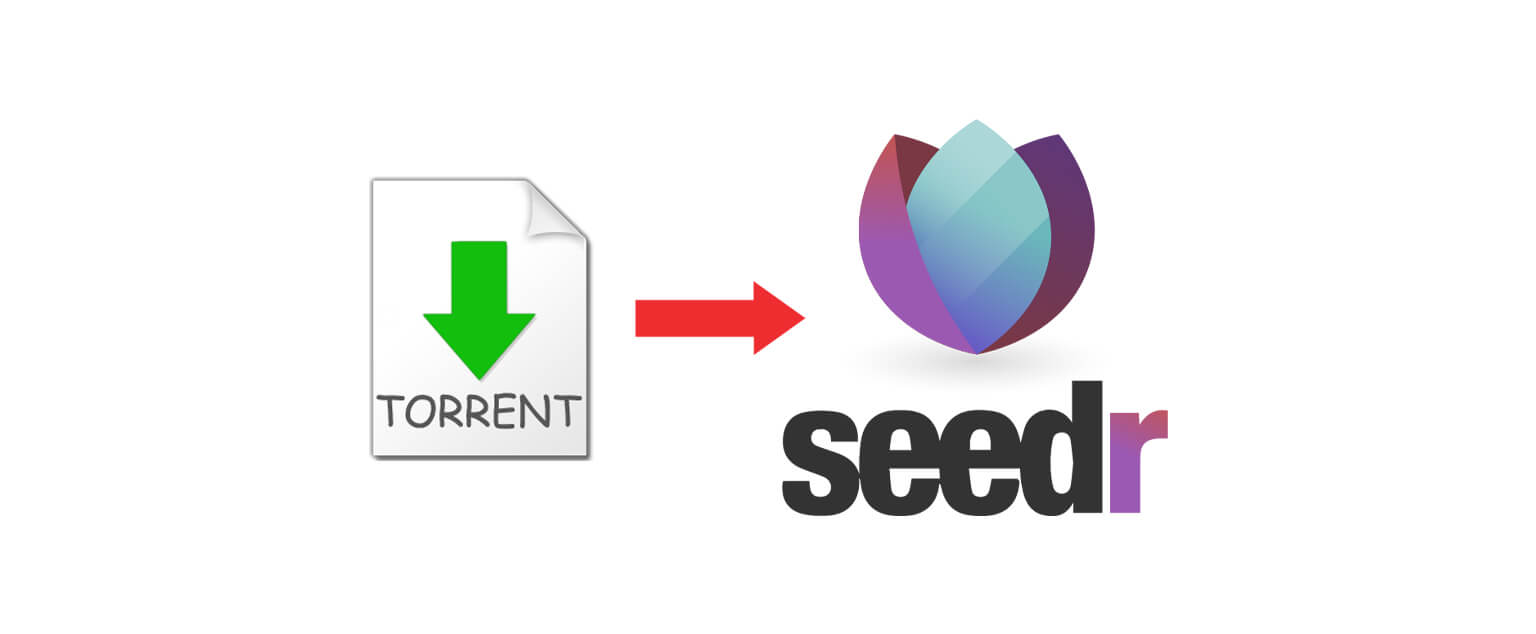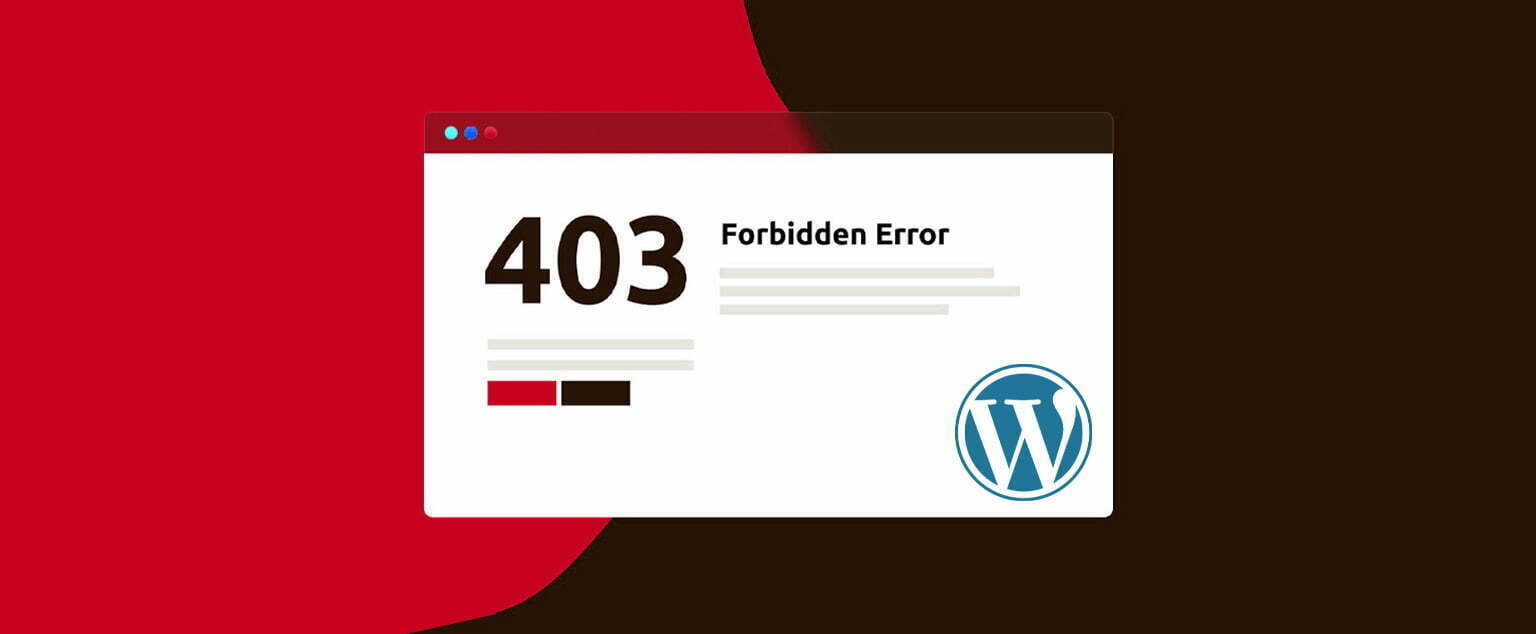Many people’s first task on a new Windows PC is to download another web browser, usually to replace the built-in copy of Microsoft Edge or Internet Explorer. However, there are a few other options for installing Chrome or Firefox on a new PC.
Obtaining a web browser used to entail picking up a CD or floppy disk, or waiting for a slow download via FTP networks. Windows eventually shipped with Internet Explorer by default, and later Microsoft Edge, which meant that downloading another web browser was a matter of a few mouse clicks. When you search “google chrome” or another related term in the modern era, Edge and its default search engine (Bing) try to stop you from switching away with warnings, which is pretty funny. Although using Edge to download another browser on your Windows PC is still the most convenient method, there are a few other options for getting Chrome, Firefox, or another browser of your choice.
The Microsoft Store
The Microsoft Store, the built-in app store for Windows 10 and 11, used to restrict more advanced applications such as web browsers. Because the rules are more lax these days, Mozilla Firefox was the first major web browser to appear on the Microsoft Store in November 2021. You can download Mozilla Firefox, Opera, Opera GX, Brave Browser, and a few less-popular alternatives from the Microsoft Store as of January 2022. Simply search for them in the Microsoft Store app on your PC.
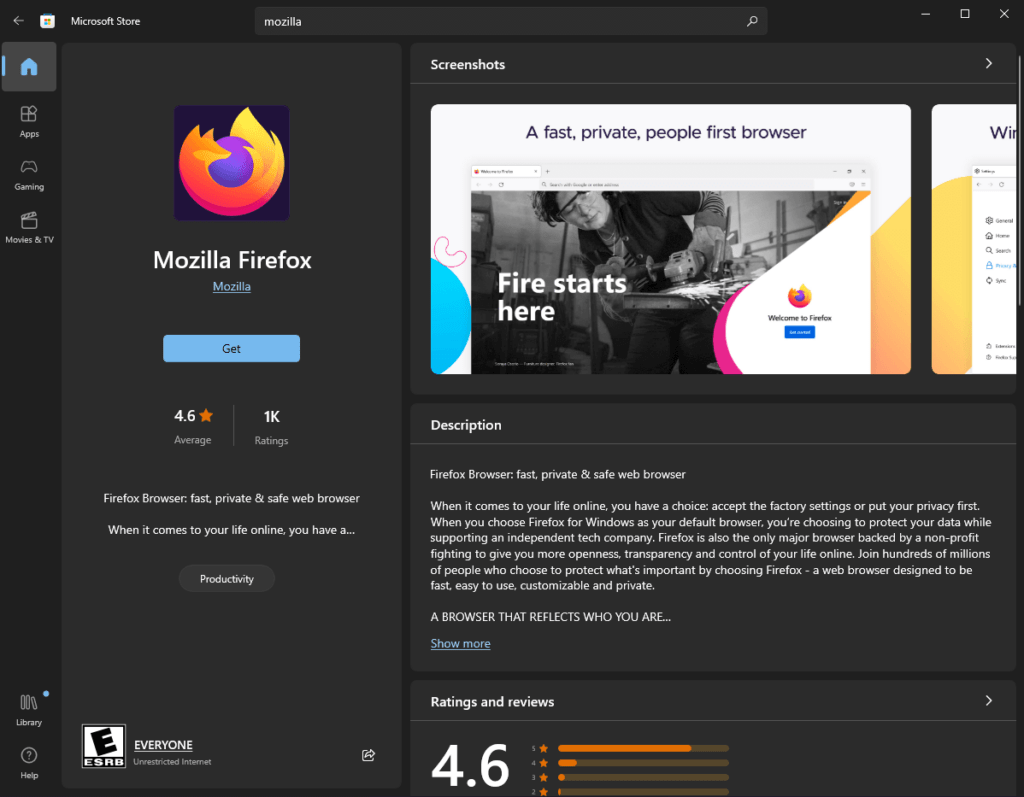
However, there are still many fake apps on the Microsoft Store, so be cautious when downloading the ones listed above. In this scenario, where we’re attempting to avoid using a web browser, you can ensure that the correct listings are opened by using the Windows Run dialog and the Store URI scheme. For example, here is the Firefox store URL:
https://www.microsoft.com/store/productId/9NZVDKPMR9RD
See that string after “productId” at the end? Open the Run dialog (Win + R), then enter the following URL:
ms-windows-store://pdp/?ProductId=9NZVDKPMR9RD
Click OK to open the Microsoft Store to that specific listing. Replace the part after “ProductId=” with the ID of any other product on the Microsoft Store.
PowerShell Scripting
PowerShell, one of Windows’ command-line environments, can be used to directly download files from the web without using a web browser. The simplest method is to use the Invoke-WebRequest command, which was included with Windows 8 and works as far back as PowerShell 3.0, making the command available on every modern version of Windows.
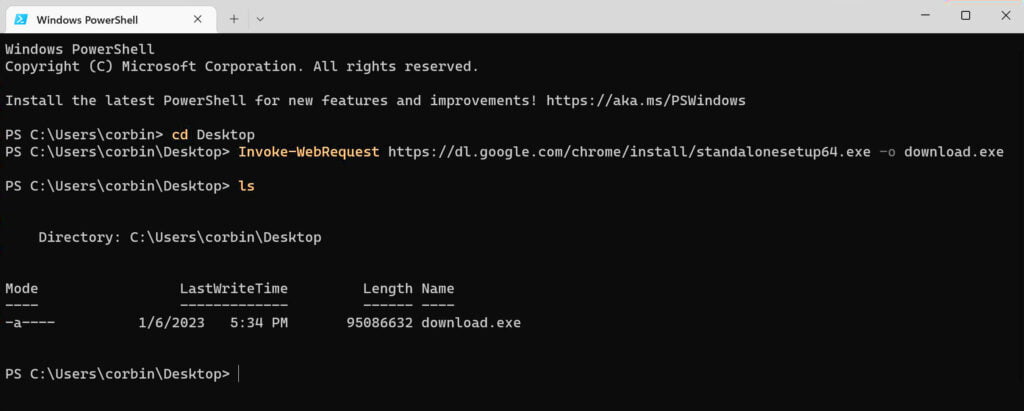
To begin, open PowerShell by searching for it in the Start Menu. In your main user folder, you should see a prompt. Begin by typing “cd Desktop” (without the quotation marks) and pressing Enter. This will save the downloaded files to your Desktop for easy access.
Finally, copy the download link for your preferred browser from the bottom of this article and paste it into the Invoke-WebRequest command, as shown below:
Invoke-WebRequest http://yourlinkgoeshere.com -o download.exe
When the download is finished, PowerShell should display a progress popup and then close it. Then, on the desktop, open the “download.exe” file that has been created.
Curl Command
Curl, a cross-platform tool for making web requests and downloading files, can also be used to directly download files from the internet on Windows. Curl comes standard with Windows 10 versions 1803 and later (the April 2018 Update). First, open PowerShell from the Start Menu or from the Run dialog by pressing Win + R and typing “powershell” (without the quotes). To begin, change the directory to your Desktop folder so you can easily find the file once it has been downloaded. When finished, type the following command and press the Enter key.
cd Desktop
Next, copy the download URL for your browser from the bottom of this article and paste it into the curl command, as shown below. It should be noted that the URL must be enclosed in quotation marks.
curl -L "http://yourlinkgoeshere.com" -o download.exe
Curl is told to download the specified URL, follow any HTTP redirects (the -L flag), and save the file as “download.exe” in the folder.
Chocolatey
Chocolatey, a third-party package manager that works similarly to APT on some Linux distributions, is another way to install software on Windows without using a web browser. It lets you use terminal commands to install, update, and remove applications, including web browsers.

To begin, open PowerShell as an Administrator by searching for it in the Start Menu. Then, to allow executable scripts like Chocolatey to run, run the following command and press Y when prompted:
Set-ExecutionPolicy AllSigned
Then you must install Chocolatey. The following command is supposed to be copied and pasted into PowerShell, but we’re assuming you’re not using a web browser on your Windows PC, so have fun typing in all that:
Set-ExecutionPolicy Bypass -Scope Process -Force; [System.Net.ServicePointManager]::SecurityProtocol = [System.Net.ServicePointManager]::SecurityProtocol -bor 3072; iex ((New-Object System.Net.WebClient).DownloadString
('https://community.chocolatey.org/install.ps1'))
When it’s done, you’ll be able to install web browsers with simple commands, as well as anything else in the Chocolatey repositories. Below are the commands for installing popular web browsers. Keep in mind that anytime you want to run Chocolatey, you have to open a PowerShell window as Administrator.
choco install googlechrome choco install firefox choco install opera choco install brave choco install vivaldi
Chocolatey packages are intended to be updated via Chocolatey (for example, by running “choco upgrade googlechrome”), but web browsers update themselves automatically.
HTML Help Program
You’ve probably seen the Windows Help Viewer, which is used by some applications (mostly older software) to display help files and documentation. The Help Viewer was created to render HTML files, including those downloaded from the internet. Even though that technically makes it a web browser, it’s so ridiculous that we had to include it.
To begin, open the Run dialog (Win + R), then type the following command:
hh https://google.com
This command launches the Help Viewer, which displays the Google search results. However, as you use it, you may notice that most pages are either barely functional or completely broken. This is due to the fact that the Help Viewer employs the rendering engine from Internet Explorer 7. The viewer isn’t even aware of HTTPS.
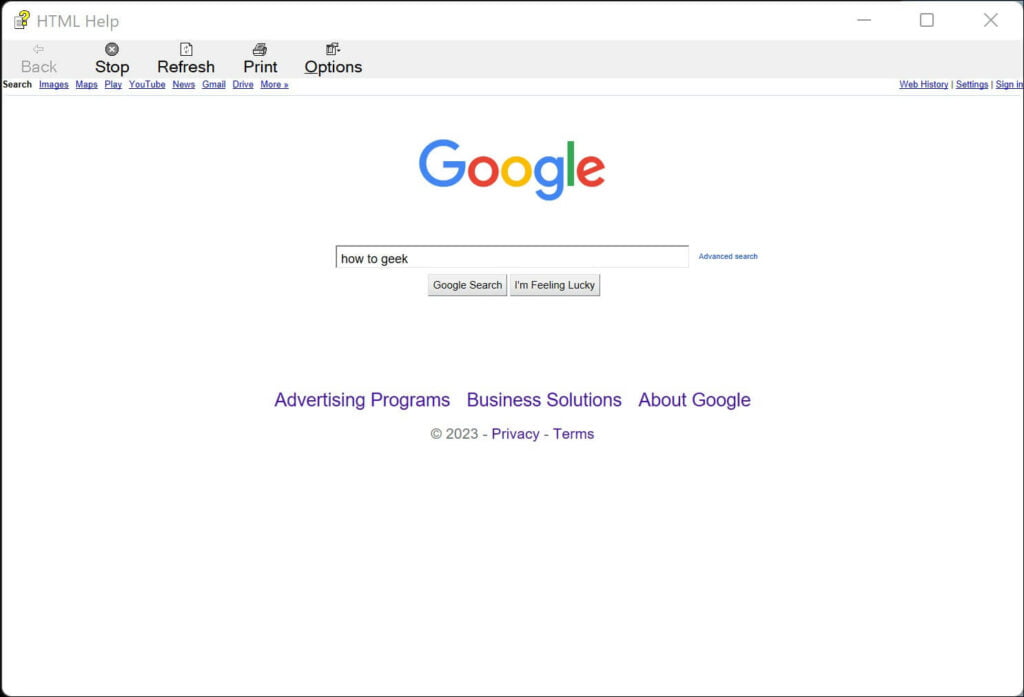
Because of the old browser engine, many download pages for web browsers don’t work at all — nothing happened when I clicked the install button on the Google Chrome page. However, if you can get to a working page, you can download files. You can, for example, get Firefox from Mozilla’s archival website:
hh http://ftp.mozilla.org/pub/firefox/releases
Not only is this method impractical, but it also exposes you to man-in-the-middle attacks when you download executable files over an insecure HTTP connection. It should be safe to try it on your own home network, but never on public Wi-Fi or any other network you don’t completely trust.
Browser download links
Here are the URLs for the most recent versions of popular Windows browsers that can be used with any of the URL-based download methods mentioned above. These have been proven to function as of January 2023.
- Google Chrome (64-bit): https://dl.google.com/chrome/install/standalonesetup64.exe
- Mozilla Firefox (64-bit): https://download.mozilla.org/?product=firefox-latest&os=win64
- Mozilla Firefox (32-bit): https://download.mozilla.org/?product=firefox-latest&os=win
- Opera (64-bit): https://net.geo.opera.com/opera/stable/windows
In a readme file, Mozilla explains all of the download link options. Vivaldi does not provide direct downloads, but the most recent version can be found in the “enclosure” element of the update XML file — this is also how Chocolately downloads the browser.

